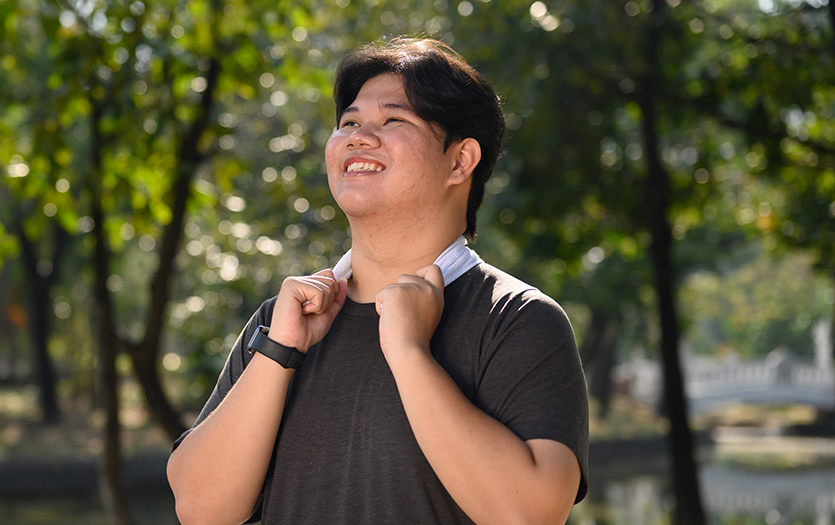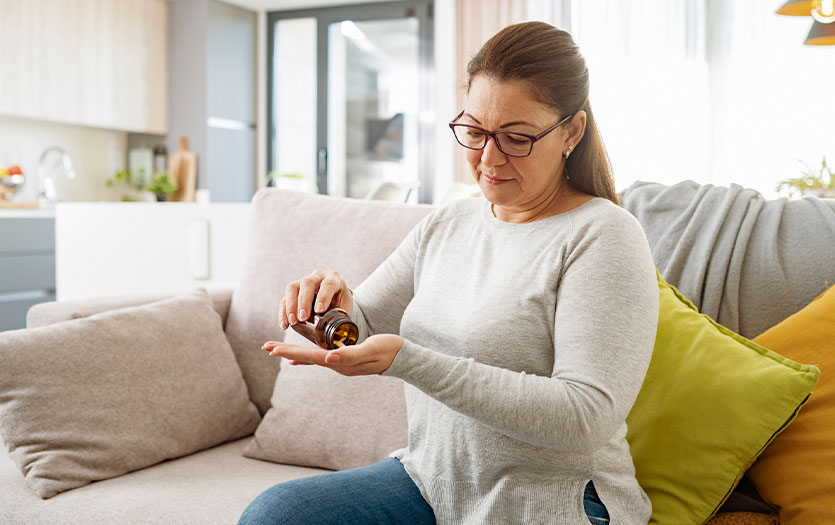
This post was written based on an appearance by Sean Karr, MD, Orthopedics NorthEast, on the program PBS HealthLine.
Orthopedic surgeons spend a lot of time training to be able to discern when surgery is the right option and when it isn’t. We are always working to treat people without surgery first. If we can get you to a place where you are comfortable and happy without surgical intervention, then that’s great. It certainly has less risk and a favorable outcome, which is always the goal. But we also know that sometimes, more conservative approaches don’t work, and surgery becomes the next option. That being said, we rarely present surgery as the first option.
Alternatives to surgery
There are a lot of options for patients to try before they pursue surgery. It depends on the circumstances, severity and the individual’s overall health. Here are some of the alternatives to surgical intervention:
- Orthopedic urgent care – Parkview Ortho Express Walk-in Clinics are a great option if you aren’t quite sure what’s going on with a new or worsening injury. We see people utilize this a lot if they’ve had a fall or injury related to activity. You can go and see a provider with orthopedic training who can order imaging and identify the best next steps. It’s a great alternative to going to an Emergency Department.
- Supplementation and screening – Often, we see people having issues as a result of poor bone health. Making sure you’re getting plenty of vitamin D and calcium through diet and supplementation is incredibly important. I also encourage regular bone density screening, particularly as you age, to monitor the bones for osteoporosis or osteopenia.
- Strength training – Patients can try to reduce pain by increasing the strength and musculature around the joint to improve support. There are great options online for weightlifting beginners, or you could work with a personal trainer to develop a program that fits your needs.
- Weight loss – Excess weight can contribute to joint stress and wear. It’s amazing how a 10- or 20-pound difference can feel on your knees or ankles. We encourage patients to approach this through healthy lifestyle changes.
- Injections – There are some great injection options for patients, and new options coming out all the time, that can help relieve discomfort. Your orthopedic provider can help explain the options and the safety of each.
While the benefits of some of these options are temporary, they are safe to continue doing as long as they are working. If they stop providing relief or the condition worsens, surgery might be the best option.
The role of technology and technique advancements
If you see an orthopedic surgeon, they might discuss a minimally invasive surgery (MIS) option, which has historically referred to being able to do more through smaller incisions. The main advancements that have allowed us to push the envelope of recovery times and what we can do with a smaller incision, has come from surgical techniques and better pre-op planning, as well as the materials we have available to us, which have advanced a great deal over the past 50 years. For example, we wouldn’t be able to get people with hip fractures up and walking the next day if we didn’t have titanium rods that could be inserted through a smaller incision and withstand the patient’s weight.
Also, our understanding of the surgical techniques that go into helping the body heal has grown. We know the instrumentation and implants that allow people to get up and move to speed recovery along in a faster, but safe, way.
We continue to push that envelope with MIS. The techniques are constantly evolving and improving. With new technology, we’ve been able to revisit MIS techniques from the past and they’re working really well.
The most important factor
We would classify a lot of the surgeries we do as elective, meaning the patient doesn’t necessarily need for it to be done, it’s not life-threating at the time, but it’s a good option for their comfort and daily function. If you’re weighing the decision of whether or not to have surgery, I always tell people that when it starts to impact you enough that it keeps you from doing the things that you love or need to do, that’s the right time to do it. I’m a big advocate for quality of life. Sometimes, it takes something a tad more invasive in order to get back to doing what you love.



